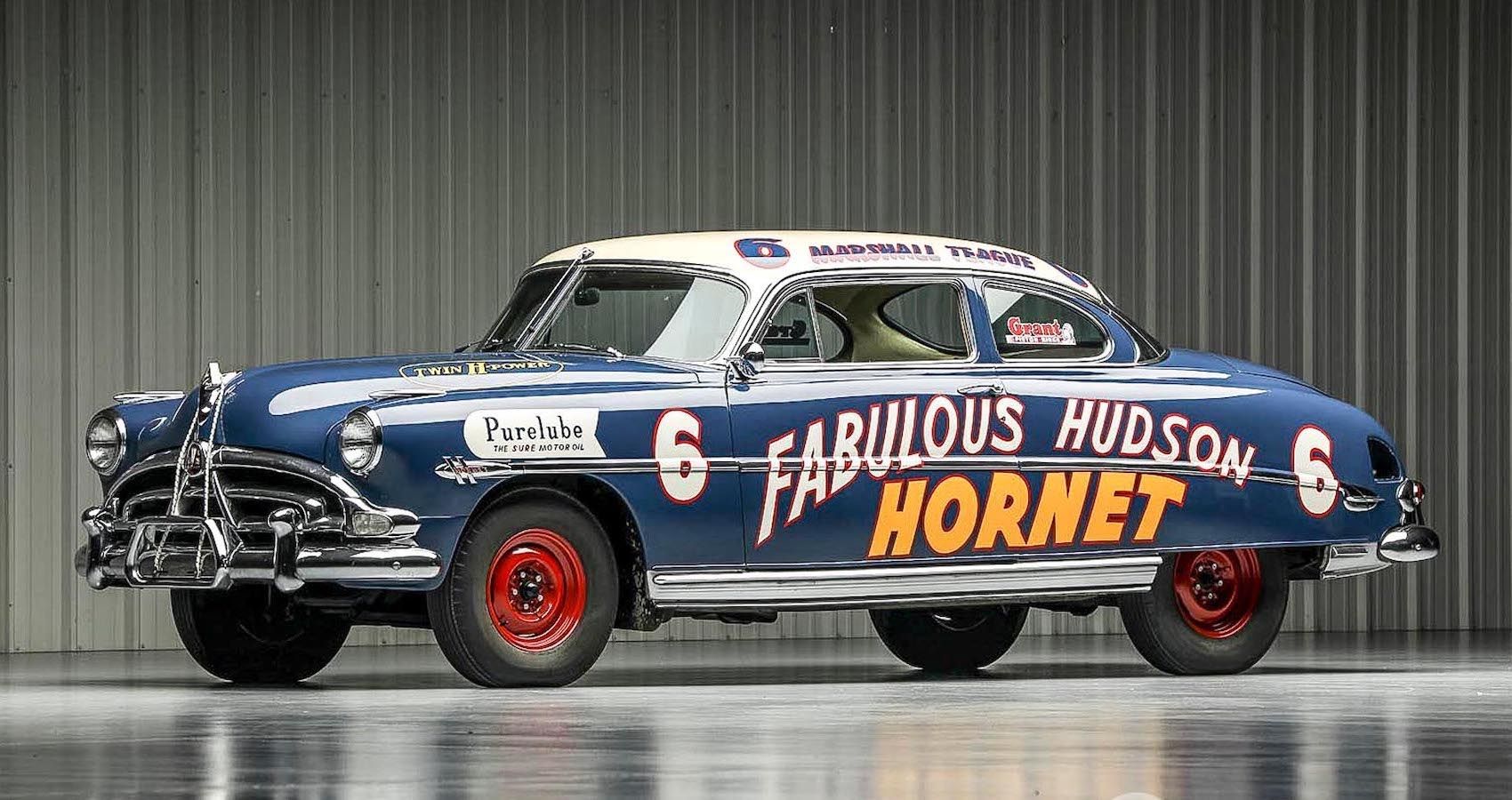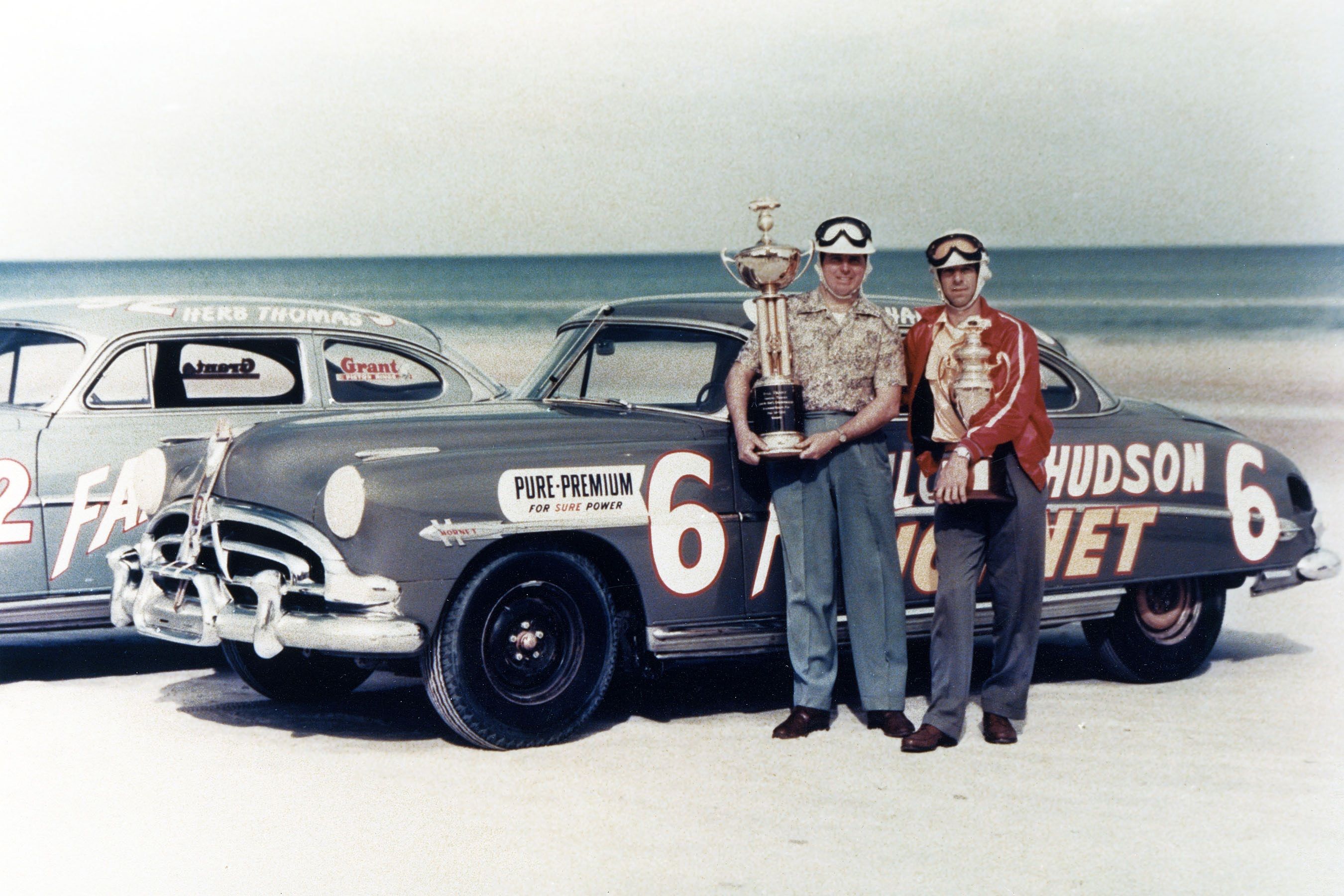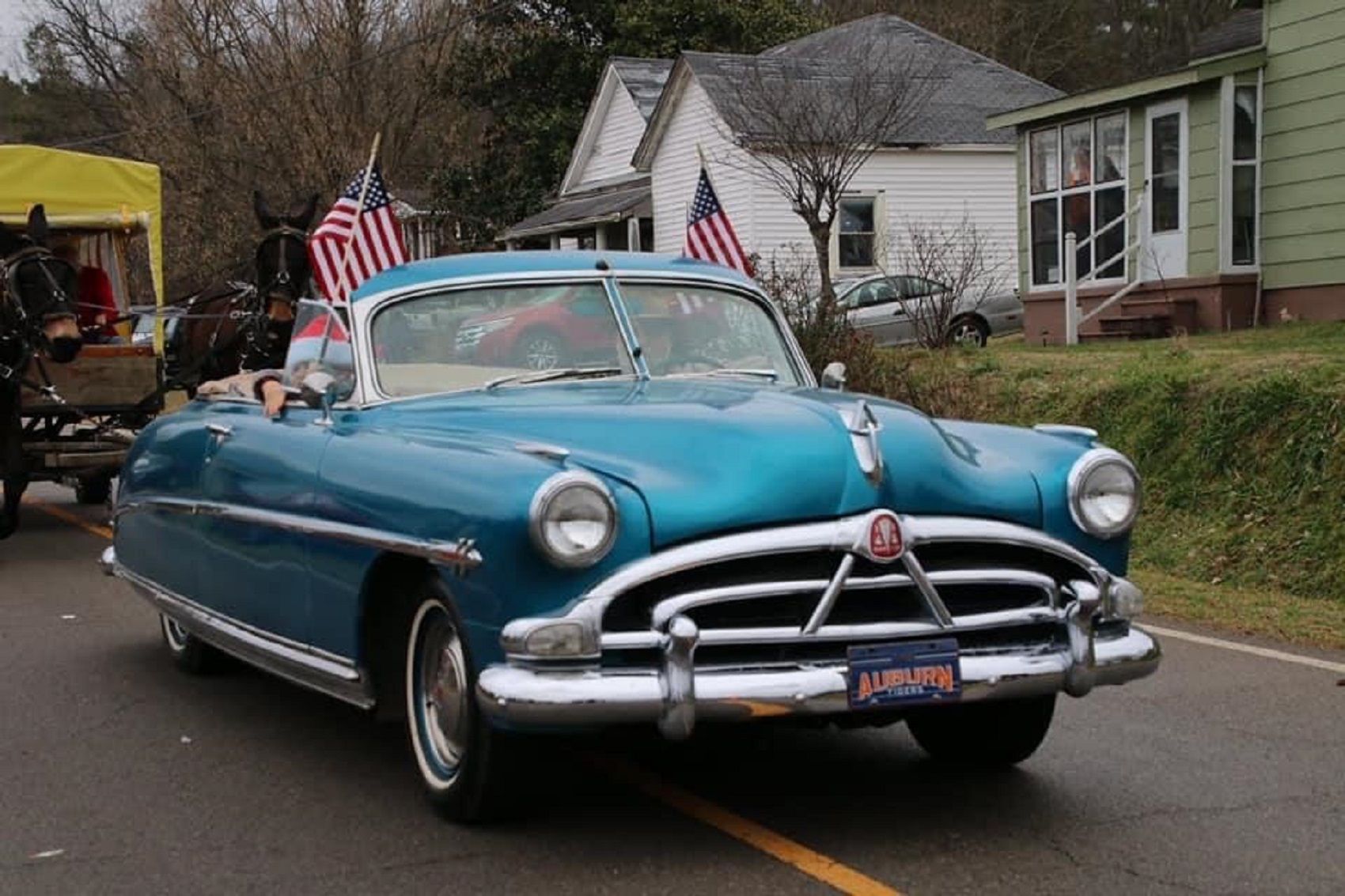When it comes to classic cars, there are a vast number of automakers who produced truly great cars but for one reason or another, aren’t quite well-known today. One example of this is Hudson Motor Car Company. Sure, we’ve all seen Hudson cars, though more than likely in some form of media, but the company doesn’t have the same brand recognition as some of its contemporaries.
Hudson Motor Car Company got its start in 1909 and existed as its own company until 1955. It then merged with Nash-Kelvinator to form American Motors Corporation, however, the Hudson name was in use until 1957. Hudson was known for many things, but NASCAR racing was probably its biggest claim to fame. The company even had its own racing team that racked up numerous wins in the 1950s.
One of the most remembered of the Hudson Motors lineup is the Hudson Hornet, which stood up against some of the best of ‘em on the track, where this beast was called “The fabulous Hudson Hornet.” This ride was produced from 1950 all the way up until the Hudson name was discontinued. It’s a true racing icon that many of us view as the prime example of a 1950s car due to its outward appearance.
Here’s what you should know about the fabulous Hudson Hornet.
The Fabulous Hudson Hornet: A Low Center of Gravity
The 1952 racing icon known as the “Fabulous Hudson Hornet” is powered by an inline-6 engine with a displacement of 4810 ccm. It’s a rear-wheel-drive car with a max power of 145 at 3800 revs per minute. It has a torque of 257 lb-ft at 1800 rev per minute. This NASCAR racer has a 3-speed manual transmission. In terms of speed, it can accelerate from 0 to 60 miles per hour in only 12.5 seconds. This may not sound very fast, but this was the 1950s after all and the Hornet is a full-size automobile and not necessarily a sportscar.
What truly made this racer stand out is the fact that it had the lowest center of mass of any full-sized car of that time. Because of the low center of mass, not only could these cars go fast, but they also have exceptional handling, which is important in racing. Because of these things, the race car drivers began to dub this ride fabulous because it had everything they needed to beat the competition.
The Fabulous Hudson Hornet: People Who Raced The Hornet
There are a few tests of a great race car. It has to be fast, it has to have the look and feel of a race car, and from a historical point of view, who raced the car in question is also important. One of the most important people to drive the Hudson Hornet is Marshall Teague. In fact, it was Marshall who is said to have nicknamed the car the “Fabulous Hudson Hornet.” He won multiple major titles with the car.
Then there is also Herb Thomas. He actually won the 1951 Championship using a Hudson Hornet after switching from his previous car. Then he got a 1951 model and won an impressive 15 wins and then also the 1953 Championship. Fun fact, his car was nominated for the National Historic Vehicle Register. There is also Tim Flock, who won a 1952 Grand National Cup while driving this icon of a car. Overall, the Hudson Hornet won over 40 titles in NASCAR.
The Fabulous Hudson Hornet: A Rare Legacy
As you can imagine with a car this old from a company that went out of business as long ago as it did, this is a rare ride - - as are the rest of Hudson’s models. However, you can still find one, but it may take you a while to do so. As far as prices go, you can expect to pay close to what some brand-new cars cost today. As with any older car, there is a price range, but many of them are on the higher end.
Let’s start with one of the big ones, according to Classic, the car driven by Herb Thomas sold for over $1.2 million back in 2018. Besides this and a few other outliers, you can expect to pay between just a few thousand dollars for this car and up to $80,000 or so. The price depends on the legacy of the car itself, how maintained it is, as well as any unique styling (the convertible version will really cost you.)
Unfortunately, sales for the Hornet began to decline despite the racing success. This was because due to the overall design of the Hornet, it was difficult for Hudson to change it from model to model. Potential buyers outside of racing got tired of the same look and wanted something different. Hudson tried to make changes, but none were significant enough to save the car, or the Hudson name altogether. Nowadays, if you’re not a diehard fan of cars from this era, you probably know it best from the film “Cars.”




